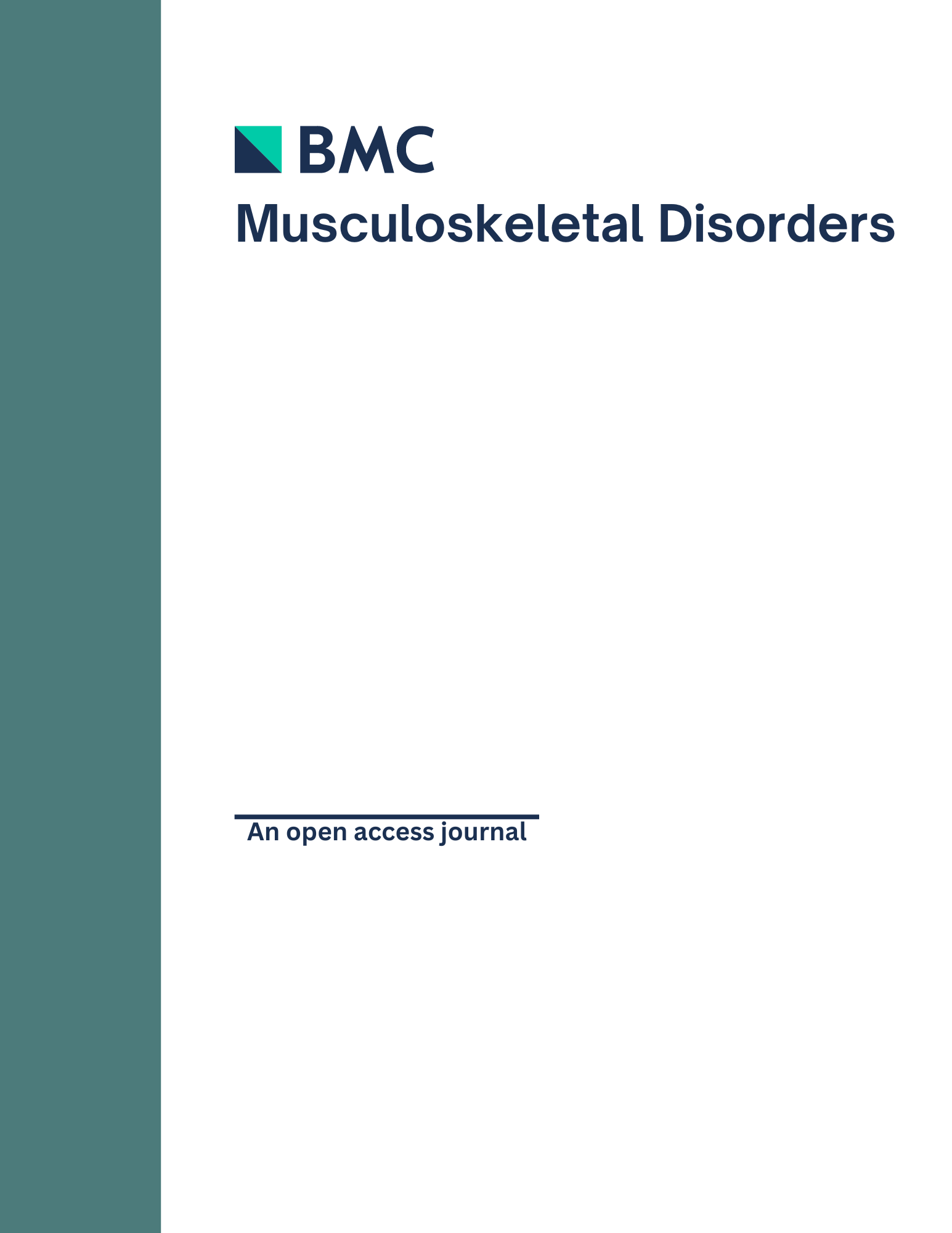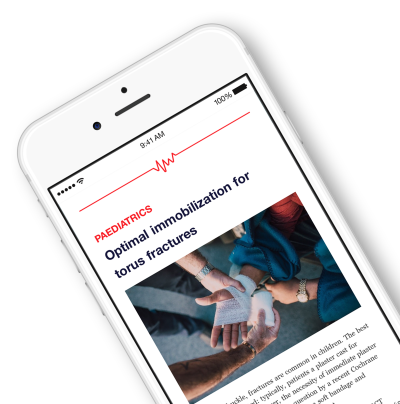
Percutaneous cannulated screws vs. MIS plate fixation for displaced IA calcaneal fractures .
Comparison of percutaneous cannulated screw fixation and calcium sulfate cement grafting versus minimally invasive sinus tarsi approach and plate fixation for displaced intra-articular calcaneal fractures: a prospective randomized controlled trial
BMC Musculoskelet Disord. 2016 Jul 15;17(1):28896 patients with a displaced, intraarticular calcaneal fracture were randomized to either a percutaneous reduction and cannulated screw fixation or a minimally invasive sinus tarsi approach for plate and screw fixation. The purpose of this study was to compare functional and radiological outcomes between the two treatment options over a 24-month follow-up. American Orthopaedic Foot and Ankle Society scores overall did not significantly differ between groups, though the subscales of sagittal motion and hindfoot motion significantly favoured the percutaneous reduction and cannulated screw fixation group. With the exception of calcaneal width, groups did not significantly differ in radiographic parameters, either.
Unlock the Full ACE Report
You have access to 4 more FREE articles this month.
Click below to unlock and view this ACE Reports
Unlock Now
Critical appraisals of the latest, high-impact randomized controlled trials and systematic reviews in orthopaedics
Access to OrthoEvidence podcast content, including collaborations with the Journal of Bone and Joint Surgery, interviews with internationally recognized surgeons, and roundtable discussions on orthopaedic news and topics
Subscription to The Pulse, a twice-weekly evidence-based newsletter designed to help you make better clinical decisions
Exclusive access to original content articles, including in-house systematic reviews, and articles on health research methods and hot orthopaedic topics
































































